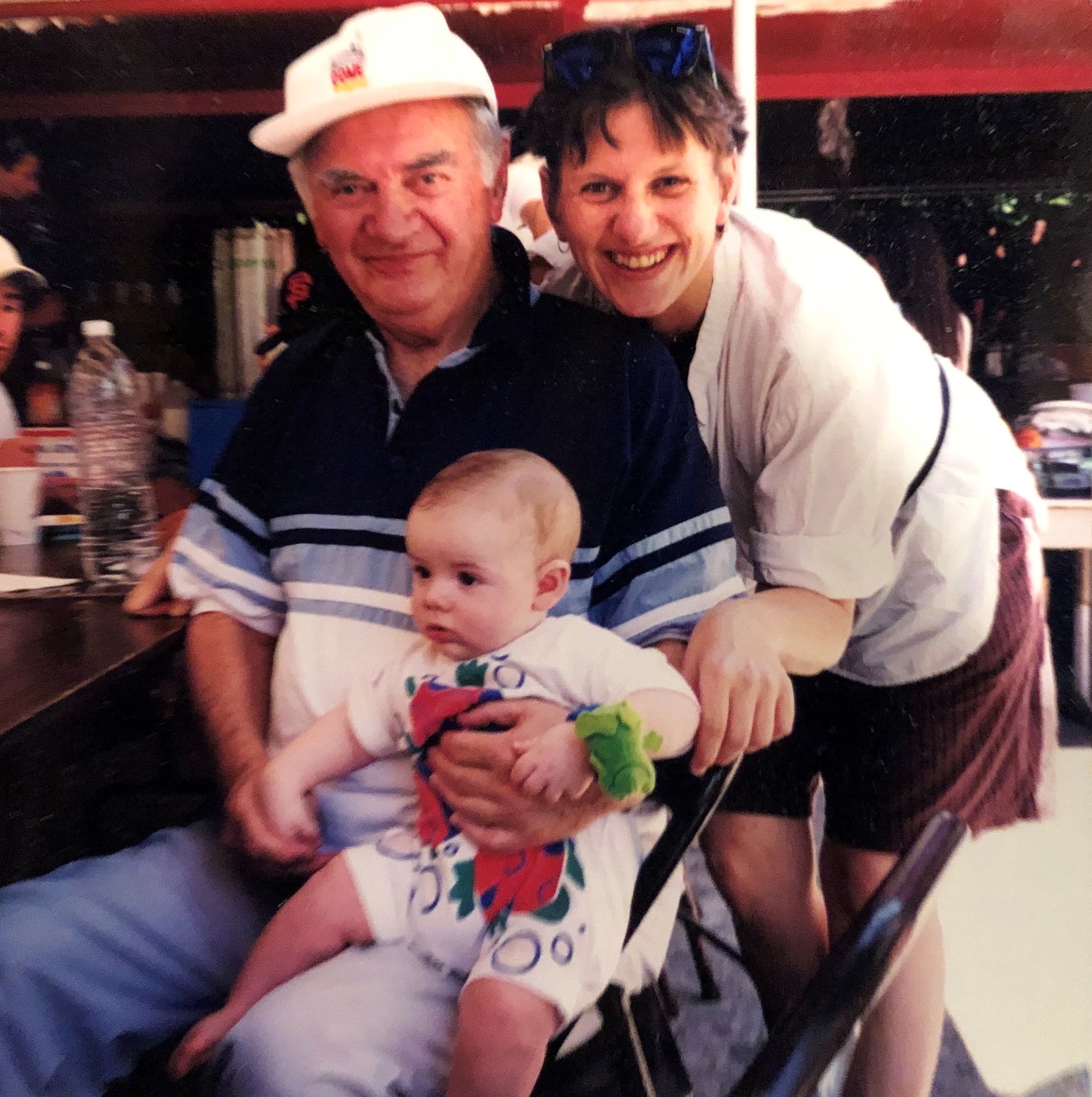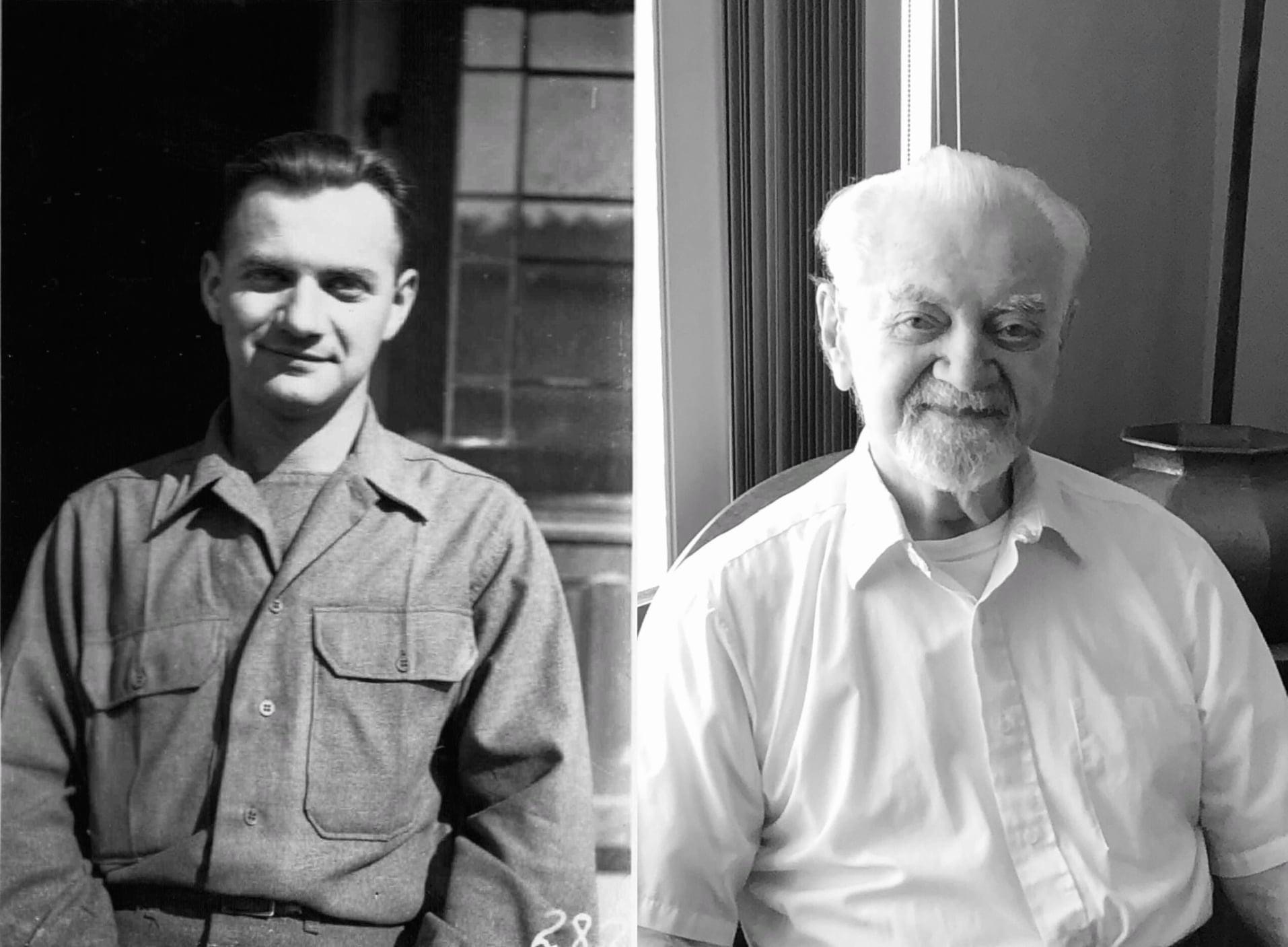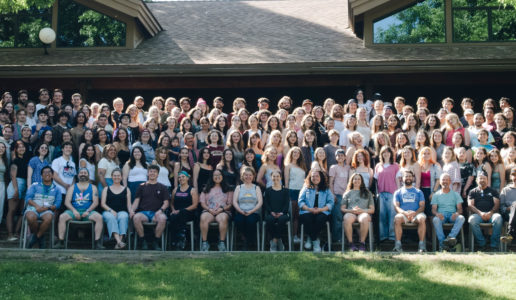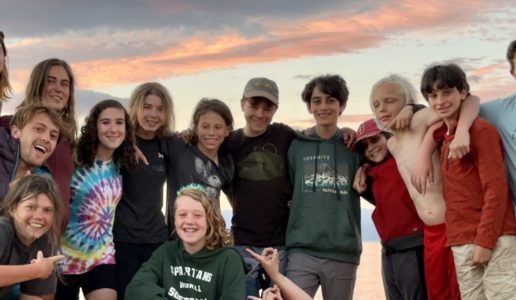Mourning in the Embrace of Community
By: Rona Teitelman
Kaddish. Most Jewish adults are familiar with Kaddish, an Aramaic prayer from the 13th century, which is generally said at a funeral when someone has passed on, or on their yahrzeit (anniversary of death). The name comes from the root “קדש”, the same root as the word Holy. What some people may not know is that there are actually five versions of Kaddish, each with its own special purpose.
I’ve been thinking about Kaddish a lot lately. As is traditional in some communities, I have been going to the synagogue daily since my father passed away last year, to say Kaddish. It’s a way to keep him close, and to honor his memory. My father loved nature, and sometimes a finch or hummingbird will appear at the window where I stand. It reminds me to slow down, be still, and appreciate the small pleasures in life. During a regular Shacharit (morning) service, four of the versions of Kaddish are said. And for the mourner there are five recitations during the course of the service.
Here is a list of the five versions of Kaddish:
- Hatzi Kaddish (Half Kaddish) – recited by the prayer leader and serves as a bridge between certain basic sections in the prayer service.
- Kaddish Shalem (Full Kaddish) – also said by the prayer leader and is a bridge between main sections in the prayer service.
- Kaddish Yatom (Mourner’s Kaddish) – said by mourners at specified points of the prayer service. The purpose is to praise God as a source of merit for the deceased. It is a hopeful outlook, even during a time of deep sadness and grief.
- Kaddish de Rabbanan (Rabbis’ Kaddish) – recited after learning, in particular from the Talmud.
- Kaddish for a funeral – recited by close family members at a funeral following the burial.
While we say the Kaddish to remember and honor loved ones who have passed on, the blessing is not about them. Rather it is a blessing of praise for God. We each get to define for ourselves what exactly that means for us. It’s meant to be said in the presence of a minyan (quorum), which enables the mourner to experience comfort in the presence of community.
The period of time that people traditionally say Kaddish depends on the relationship to the deceased. It’s shorter for a spouse, sibling, or child (one month) than it is for a parent (one year). Some believe that the period of saying Kaddish for a parent is longest because you were created by your parent, a relationship that has no parallel.
For those who follow the practice of saying Kaddish during the first year of mourning for a parent, it is common to stop after eleven months. Part of the intention of saying Kaddish is to elevate the soul of your loved one. Our sages teach that we should cease saying Kaddish for a parent after eleven months to avoid connecting them with the period of judgment for a wicked person, which is said to be twelve months.
I was blessed this past summer to be up at Camp for Keshet LGBTQ Weekend. At the end of a beautiful Torah service, people who were in the first week, month, year of mourning or marking a yahrzeit were invited to stand up to say Kaddish. As I stood at Makom Shalom, looking out at the tall, tall trees and the clear blue sky, I felt the power of the place deep in my soul. I honored my beloved father in a place of beauty and majesty.
The final words of each version of Kaddish are the foundation of one of the most cherished songs in the Tawonga repertoire. At the end of every Torah service and in many song sessions, children and families call for peace in the world, for everyone. “Oseh shalom bimromav, hu ya’aseh shalom aleinu v’al kol-yisrael, v’imru amen.” This translates to: He who creates peace in His celestial heights, may He create peace for us and for all Israel and say, Amen.
As we are in the period of the 10 Days of Awe between Rosh Hashanah and Yom Kippur, it is especially meaningful to remember the loved ones who are no longer with us in our earthly world. During services in the synagogue we say the Yizkor prayer, a special prayer of remembrance, on Yom Kippur and Shmini Atzeret (the last day of Sukkot), as well as on Passover and Shavuot in the spring. This is yet another way to honor the memory of a loved one in the warm embrace of community.
Oseh Shalom (Ochs) Keshet Family Weekend
Rona Teitelman, Tawonga’s Development Coordinator and Database Administrator, is an active member of Congregation Beth Israel, a vibrant modern orthodox community. In her free time, she can be found reading multiple books at a time, knitting or working on her garden. She is a graduate of Yale University and the proud mother of an aspiring writer.




